Thai Street Food: Authentic Recipes, Vibrant Traditions
Thai Street Food transports readers straight into the bustling heart of Thailand’s colorful street stalls and markets–from the predawn rounds of monks fanning out along the aisles to the made-to-order stalls ablaze in neon and jammed with hungry locals after dark. Featuring nearly 100 authentic dishes plus lavish photography accompanying every recipe, this stunning cookbook
Thai Street Food transports readers straight into the bustling heart of Thailand’s colorful street stalls and markets–from the predawn rounds of monks fanning out along the aisles to the made-to-order stalls ablaze in neon and jammed with hungry locals after dark. Featuring nearly 100 authentic dishes plus lavish photography accompanying every recipe, this stunning cookbook is the definitive guide to Thailand’s culinary street culture. The recipes, such as Steamed Fish with Chilli and Lime Sauce, Pork Satay, Roast Duck and Egg Noodle Soup, and Sweet Banana Roti illuminate the beguiling world of food so integral to the Thais.
Scholar and chef David Thompson lives with a singular passion for Thailand’s customs, culture, and people. Although he claims “It’s all about the food,” this ambitious work shares his insights into the rhythms and nuances of Thai daily life along with a fascinating history of its richly diverse street cuisine. This cookbook is a tempting, inspiring, and authoritative account of Thai street food, the vibrant culinary mosaic rich with community. Fall into Cooking Featured Recipe from David Thompson’s Thai Street Food: Fried Chicken and Squid Rice Noodles
When I first ate these krua gai noodles I wasn’t convinced. I had so many other noodle dishes that enticed and pleased, some of which are also in Thai Street Food. Now I am addicted to the winning simplicity of them.
In Bangkok’s Chinatown there are many versions, some with prawns, others use pork but mostly squid and chicken is the order of the day.
As you walk down the narrow alleys of this quarter, away from the busy main streets, it’s like stepping back in time. It’s still bustling, though, with the air filled with spices, chatter and the scraping clatter of smoking woks.
To make the best of this recipe you’ll need to season your wok. It imparts a smoky, slightly metallic tang to the dish: a lingering sign of success is the breath of the wok. All you need to do is prime the wok by burning it, scorching it over a flame and turning it to ensure that every part is charred. Wash out the wok then return it to the heat and it’s ready. –David Thompson
Serves 2

Ingredients
3 oz chicken breast fillet, with or without skin as preferred
a drizzle of light soy sauce, plus 2 tablespoons extra
1 garlic clove, peeled
pinch of salt
3 tablespoons vegetable oil
3 oz cured squid (plaa meuk chae) or fresh squid or cuttlefish, scored and finely sliced
ground white pepper
1–2 teaspoons preserved Chinese vegetable (dtang chai), rinsed and drained
2 heaped tablespoons chopped spring (green) onions
2 heaped tablespoons chopped Asian celery (optional)
8 oz fresh wide rice noodles
1–2 teaspoons dark soy sauce, to taste
good pinch of white sugar
2 eggs, ideally duck eggs
1 cup loosely packed, very coarsely cut Chinese lettuce
pinch of deep-fried garlic
1–2 tablespoons chopped coriander
sauce Siracha, to serve
Slice the chicken and briefly marinate it in a drizzle of light soy sauce. Crush the garlic to a somewhat coarse paste with the salt—either by pounding it using a pestle and mortar or finely chopping it with a knife.
Heat the wok then add 2 generous tablespoons of the oil. Add the chicken and the cured squid and lightly stir-fry until golden and almost cooked. Stir in the garlic paste, a pinch of white pepper, the preserved Chinese vegetable and 1 tablespoon each of the spring onions and Asian celery (if using). By now most of the oil should have been absorbed; drain off any excess.
Pull apart the rice noodle strands and add to the wok, spreading them over the contents of the wok and onto the surface of the wok itself. Leave undisturbed for a moment–up to 30 seconds–then gently begin to stir and shuffle the noodles and the wok. It is important not to break the noodle strands while doing this. Drizzle the noodles with the extra 2 tablespoons of light soy sauce, the dark soy sauce and the sugar. Sprinkle them with most of the remaining Asian celery and spring onions, along with a good pinch of white pepper. Turn up the heat slightly to caramelize the noodles, stirring occasionally and carefully. After a minute or two, push the noodles to one side of the wok and add the remaining tablespoon of oil. Turn up the heat, crack in the eggs and fry until they are just beginning to set and the edges of the whites are beginning to brown. Lightly break up the eggs, then gently stir and fold in the noodles, simmering them for a few minutes so that they caramelize and char slightly. Finish with the Chinese lettuce and the remaining Asian celery.
Serve the noodles sprinkled with the deep-fried garlic, the remaining spring onions, the coriander and a pinch of white pepper.
Accompany with a bowl of sauce Siracha.
Product Features
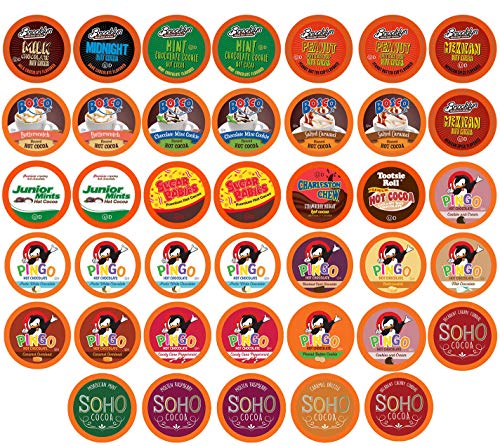
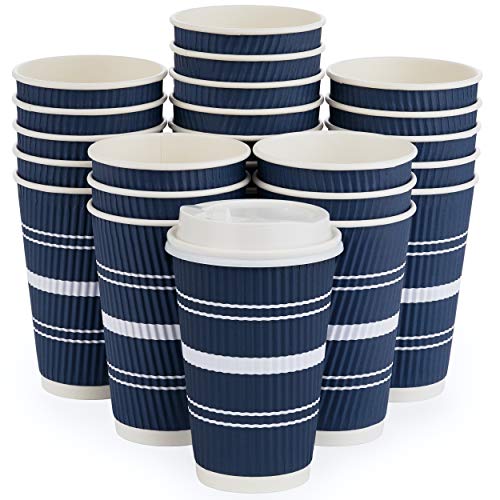
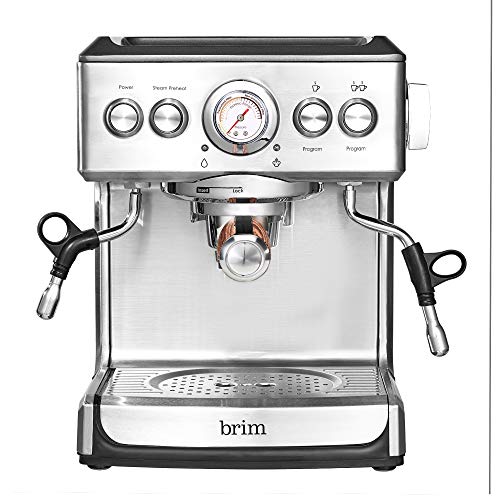
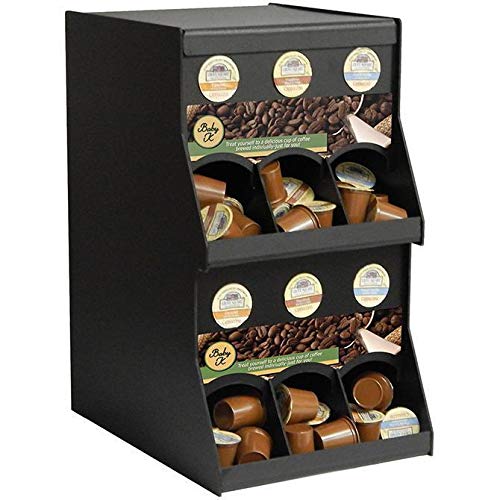

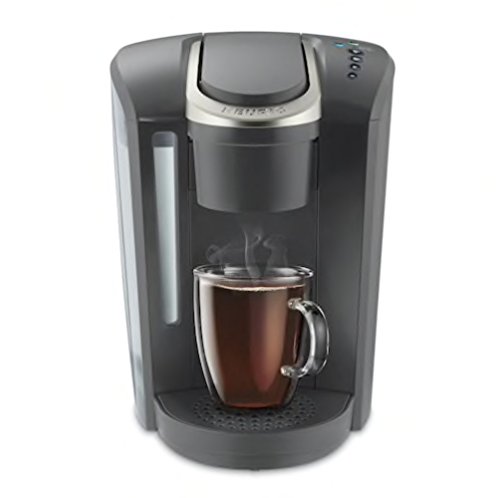
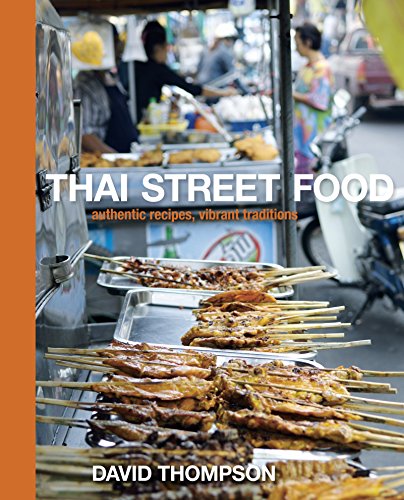


AWESOME COFFEE TABLE BOOK! Fantastic book, more of a coffee table book than recipe or cookbook, but a treasure. I am a chef that has trained in a Thai kitchen and this book takes me back to the days in that kitchen. The pictures and stories in this book are worth the price alone. I have always wanted to travel this region, and just bounce all over working and learning from multiple kitchens. Aftet buying this book and reading it from cover to cover that dream is a bucket list item now. The recipes are tricky if you…
Not a traditional cook book, but still worth the purchase This book is great. You may not be able to find some of the ingredients but come on, itâs a Thai street food book. Some popular dishes were missing but had a few of my favorites. Itâs also massive, so itâs a great coffee table book.
Just the best! This book shows you the most complete Thai street food available with a good indication of all ingredients per dish needed and the step by step instructions on how to make it. It also shows many elaborate pictures of all various places where street food comes from and the scenes how they are consumed. Most impressive, are the stories that make Thai street food the complete bible on this subject is the descriptions of where dishes come from on the history behind it. In the back of the book are…